The Moon and How to Observe It
$21.00
134 Figures, illustrations and photographs
This book is used but in like new condition.
Author: Peter Grego
ISBN 1852337486
1 in stock
Description
This revolutionary new book is written for practical amateur astronomers who not only want to observe, but want to know the details of exactly what they are looking at. The Moon is the most commonly observed of all astronomical objects. This is the first book to deal equally with the Moon itself – its formation, geology, and history – as well as the practical aspects of observation.
The concept of the book – and of the series – is to present an up-to-date detailed description of the Moon, including its origins, history, and geology (part one); and then (part two) to consider how best to observe and record it successfully using commercially-available equipment.
Observations include lunar mountains, valleys, fractures, scarps and volcanic domes. The visibility of lunar rays is exciting to see during a full moon. The author explains how such formations occur and how to see them, in everything from a pair of binoculars to medium size telescopes.
The Moon and How to Observe It is a gold mine of information for all levels of amateur observers, from the beginner to the experienced.
Table of Contents
Part 1 About the Moon
1. The Moon’s Origin – 3
Fission – 4
Co-accretion – 5
Capture – 6
Collision – 8
The Moon’s Development – 9
Inside the Moon – 12
Types of Lunar Rock – 15
Shaping the Moon’s Surface – 18
Changes on the Moon – 35
2. The Measure of the Moon – 41
The Moon’s Orbit – 42
Gravity and Tides – 44
Secular and Periodic Perturbations – 45
Libration – 46
Lighting Effects – 50
Retardations – 54
Atmospheric Phenomena – 54
Eclipses – 54
Lunar Occultations – 57
The Search for Natural Satellites – 58
3. Worlds in Comparison – 60
Mercury – 60
Venus – 62
Earth – 63
Mars – 64
The Satellites of Mars – 65
Asteroids and Comets – 66
Jupiter’s Satellites – 67
Saturn’s Satellites – 69
Uranus’s Satellites – 69
Neptune’s Satellites – 70
Part 2 Observing the Moon
4. Observing and Recording the Moon – 75
Drawing the Moon -76
Observational Information – 81
Imaging the Moon – 85
5.Viewing the Moon with the Unaided Eye – 98
Features Visible on the Moon – 98
Earthshine – 100
Perception is not always Reality – 100
Lunar Cross-Staff – 101
Tracking the Moon – 101
Color Perception in Moonlight – 102
Atmospheric Effects – 102
6. Lunar Showcase: A Binocular Tour of the Moon’s Trophy Room – 104
Maria: Vast Seas of Solidified Lava – 105
Tour of Mare Imbrium: A Small Telescopic Trek – 108
Wrinkle Ridges – 108
Domes – 111
Impact Craters -111
Ray Studies – 113
Faults – 115
Observing Lunar Eclipses – 119
7. A Survey of the Moon’s Near Side – 122
Some Lunar Terminology -124
Northeastern Quadrant – 125
Northwestern Quadrant – 149
Southwestern Quadrant – 172
Southeastern Quadrant – 199
8. Advanced Lunar Research – 225
Transient Lunar Phenomena (TLP) – 225
Branded Lunar Craters – 227
The Measure of the Moon: Calculating
Crater depts & Heights – 230
9. The Lunar Observer’s Equipment – 232
An Eye for Detail – 232
Binoculars – 234
Telescopes – 236
Eyepieces – 244
Binocular Viewers – 246
Telescope Mounts – 247
Glossary – 250
Appendix: Resources – 260
About the Author – 265
Index of Lunar Features – 267
Subject Index – 272
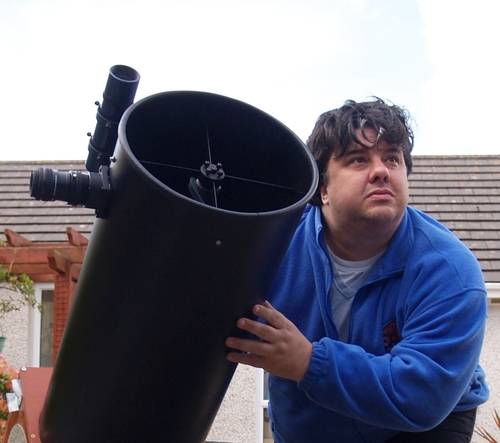

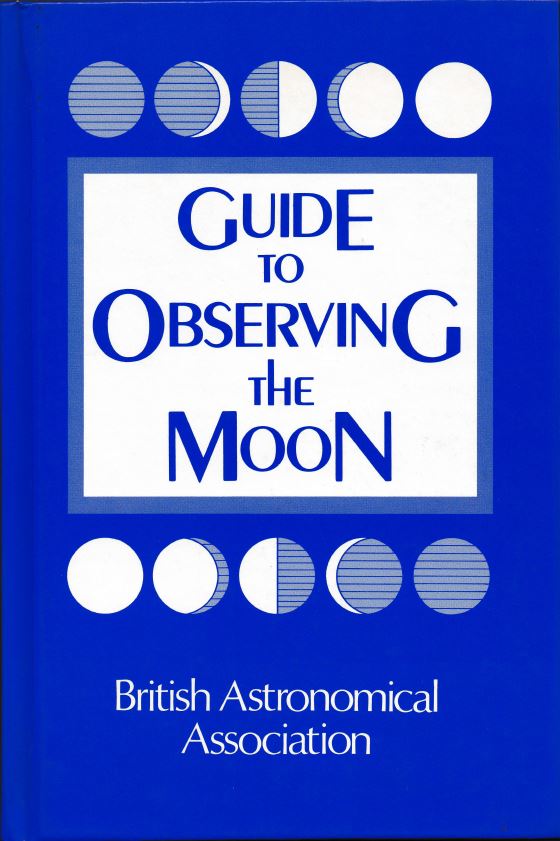
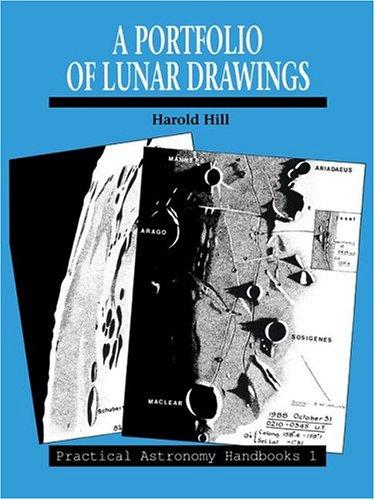
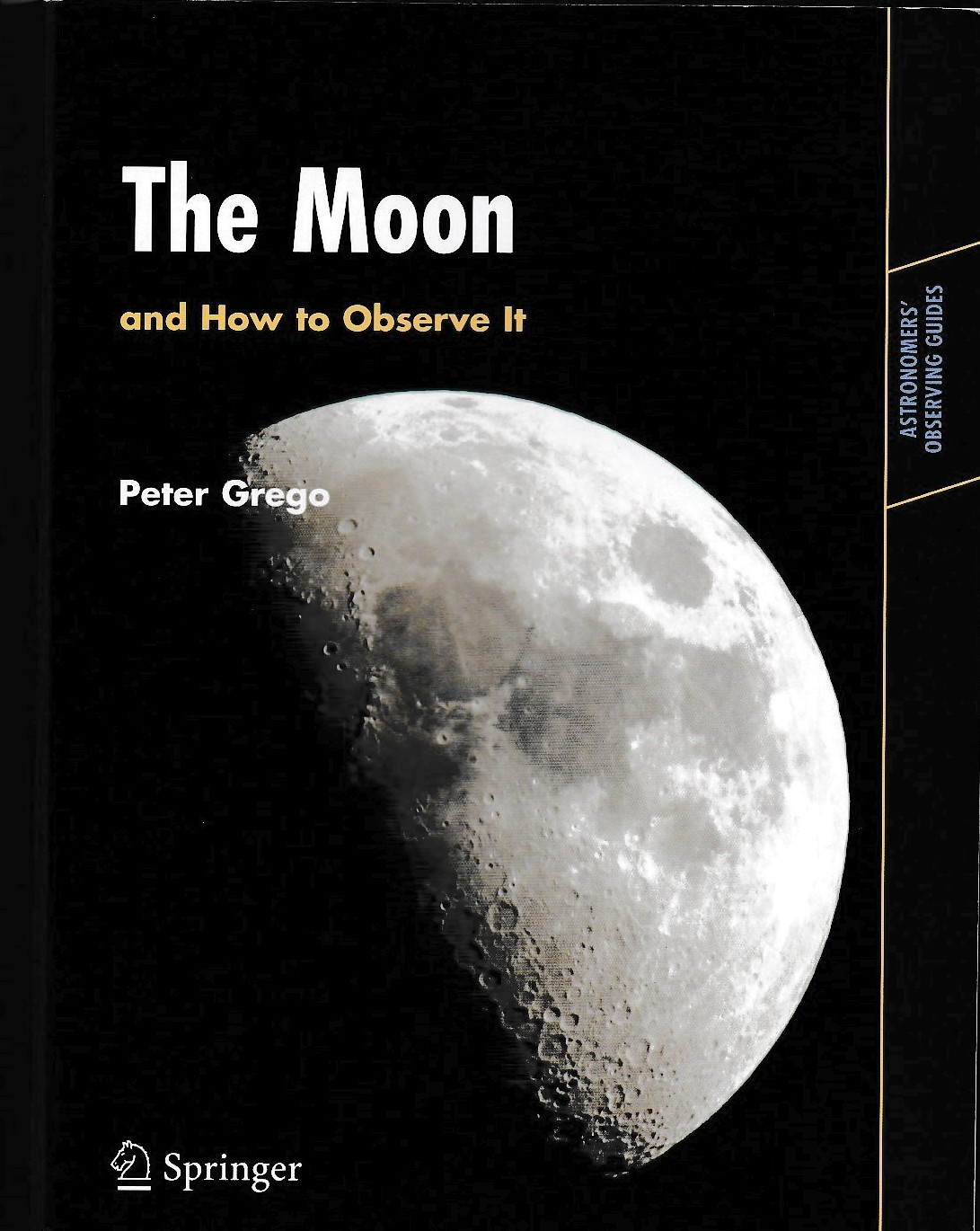
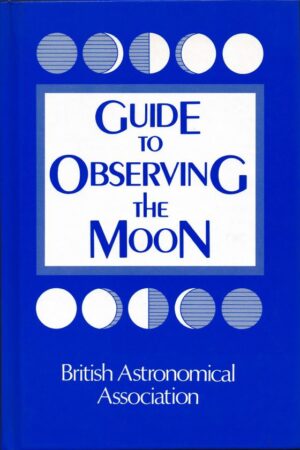
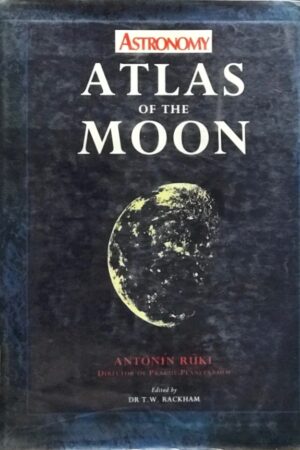
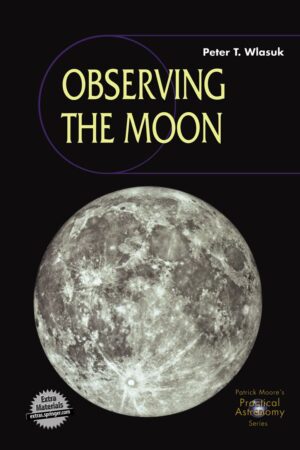
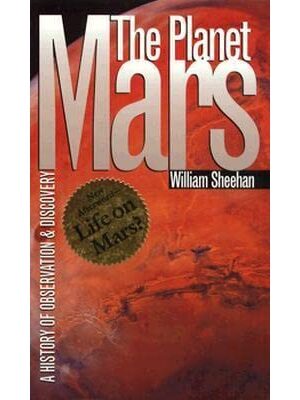
Reviews
There are no reviews yet.